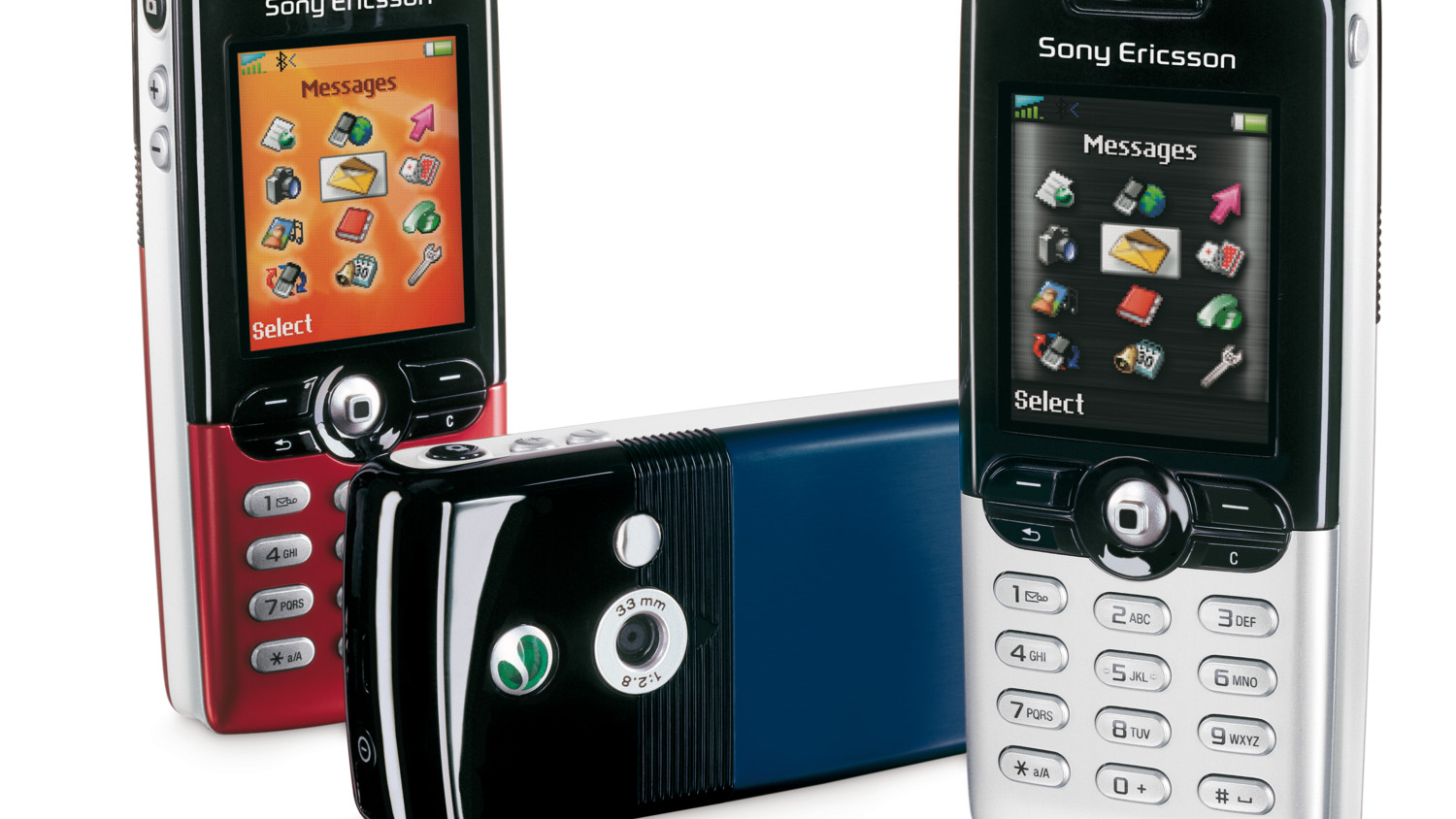In October 2001, Ericsson's cell phone division merged with the major Japanese home electronics firm Sony and formed SonyEricsson Communications. This occurred after a turbulent period for Ericsson when it became obvious that the company could no longer rely solely on its high technical expertise. The competition had become much tougher in the cell phone sector, primarily from Nokia, which had invested heavily in a consumer-oriented design strategy. The merger with Sony gave Ericsson new strength in meeting consumers' demands for a more exciting and varied range of models.
The new company chose not to copy Nokia's winning concept with strongly segmented production, closely aligned with the transitory fashion industry. SonyEricsson instead focused on designing its cell phones in what is usually referred to as the Scandinavian design tradition – a style with roots from the 1950s and 60s, and characterized by simple, sculptural elegance, material constraint and a lack of embellishments. It is a style that has come to embody the prescribed image of Swedish design and that is simultaneously widely acclaimed in both Japan and the US.
The T610 was Sony Ericsson's breakthrough as a cell phone manufacturer. It was praised for its smoothly functioning multimedia features, its large color display with superb graphics, and not the least, its elegant, timeless design. It was awarded a number of design prizes and at a major telecom congress in 2004 in Cannes, it was named by the trade organization GSM Association as the world's best cell phone. It had the wow factor – customers wanted to own the phone as soon as they held it in their hands.
When the T610 won the Grand Design Prize – awarded annually by the Association of Swedish Engineering Industries in collaboration with the Swedish Society of Crafts and Design, and the Swedish Industrial Design Foundation – it was with the jury's statement that "a few individuals can with design as a tool, lift a company."
The individuals referred to by the jury worked at the company's design center in Lund. The center was founded by Ericsson design consultant Richard Lindahl, who had recruited a number of graduates from the newly started Umeå Institute of Design. One of these was industrial designer Erik Ahlgren, who received principal responsibility for the T610. He has explained that the design process included a number of adjectives that described the phone and against which it was continuously assessed. It was all about unique appearance, simplicity, purity, self-confidence, balanced proportions, high quality materials, ergonomics, ease of use, recognition.
With the T610, SonyEricsson aggressively moved the cell phone into the battle for the multimedia market, in tough competition with small digital cameras and music players such as the iPod. It was hardly a coincidence that appearance-wise, the T610 had certain similarities with Apple's successful creation, which had been released barely a year before. The T610 became the beginning of a number of increasingly sophisticated camera models. It weighed 95 grams and featured an outer shell of anodized aluminum that could be purchased in the combinations black and deep sea blue, alternatively, aluminum haze or volcanic red.
After about a year and a half, production of the T610 came to an end, which due to its wide popularity was a significantly longer retention time than what had been planned.

